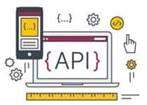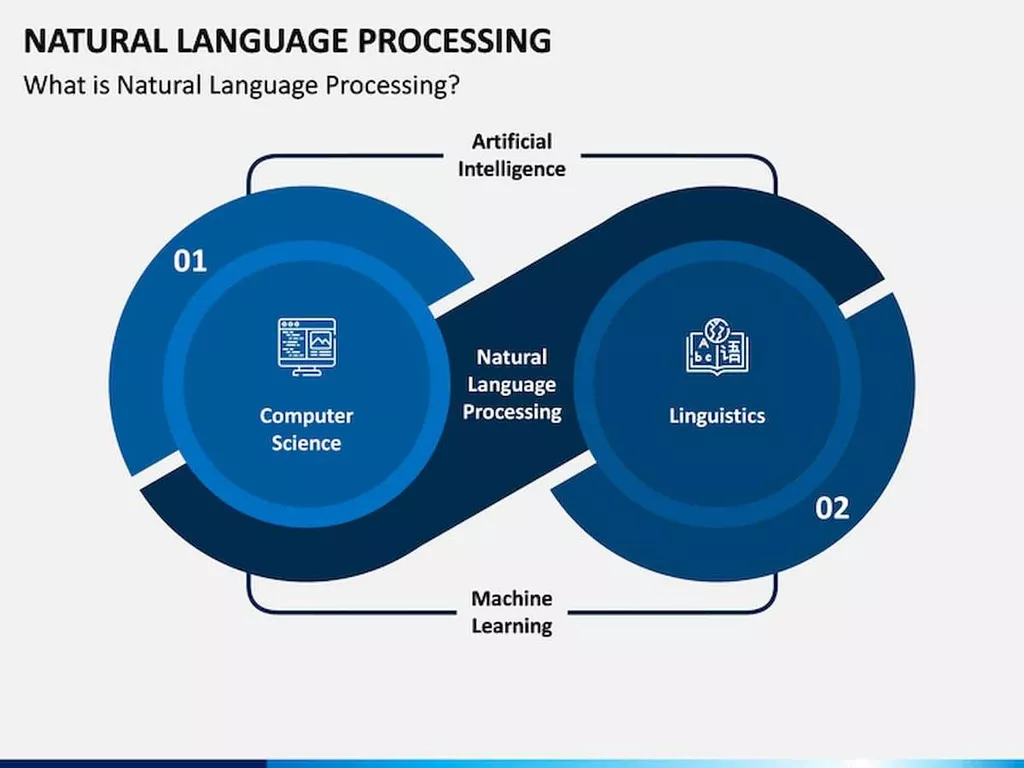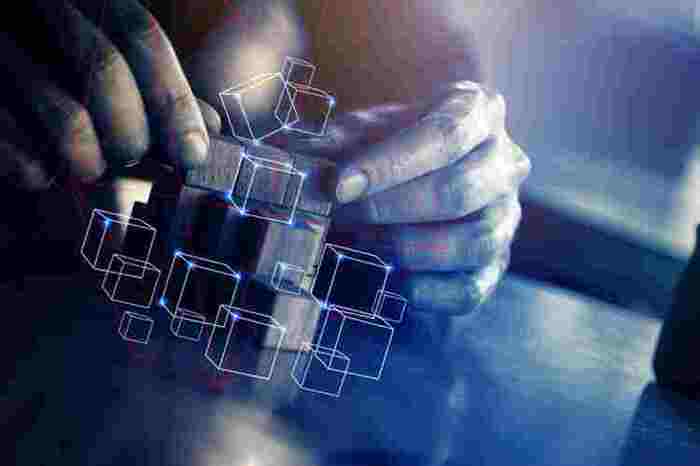You can use the spiral model to ensure software’s gradual release and improvement by building prototypes at each phase. In the maintenance phase, among other tasks, the team fixes bugs, resolves customer issues, and manages software changes. In addition, the team monitors overall system performance, security, and user experience to identify new ways to improve the existing software. When teams develop software, they code and test on a different copy of the software than the one that the users have access to. The software that customers use is called production, while other copies are said to be in the build environment, or testing environment.
When this is not longer feasible or efficient, the system life cycle terminates and a new SDLC commences. The final stage of the software development life cycle is maintenance and operations. This is one of the most critical stages because it’s when your hard work gets put to the test. Following each phase of a system development life cycle the team and project manager may establish a baseline or milestones in the process. The baseline may include start date, end date, phase/stage duration, and budget data.
H) Repair and maintenance
One of the fundamental aspects of business systems analysis is to consider the value and the efficiency of the systems within a company. This means it is important to evaluate the life cycle of the different systems in the business and analyse whether the systems are worthwhile implementing. Before any of the stages of SDLC are run in a company, it is crucial to first evaluate the benefits of the system. From there, the business systems analyst can look into conducting the first stage of the systems life cycle. It’s hard to single out one stage that is the most important since all seven are fundamentally interconnected and each stage feeds into the next one. The SDLC model cannot function without one of its core elements because it will lead to poor-quality software, low customer satisfaction, and a loss of money.

The software development lifecycle (SDLC) is the cost-effective and time-efficient process that development teams use to design and build high-quality software. The goal of SDLC is to minimize project risks through forward planning so that software meets customer expectations during production and beyond. This methodology outlines a series of steps that divide the software development process into tasks you can assign, complete, and measure. There is a lot of literature on specific systems development life cycle (SDLC) methodologies, tools, and applications for successful system deployment. Not just limited to purely technical activities, SDLC involves process and procedure development, change management, identifying user experiences, policy/procedure development, user impact, and proper security procedures.
What are the 7 stages of the systems development life cycle?
Also, documentation helps to ensure that stakeholders can maintain and use the system effectively in the future. The quality of the code and the implementation of the design are important factors in the project’s success. Developers are responsible for creating the actual product that will be delivered to stakeholders. A system development life cycle (SDLC) is a systematic project management model that lays out the steps involved in developing an IT system, from conception to completion. Adaptive and fast by nature, the RAD model puts less emphasis on planning and more on adaptive tasks. Once the production environment is thoroughly tested, it’s primed to be deployed and out into the world.

The system specification represents the technical requirements that will provide overall guidance for system design. Because this document determines all future development, the stage cannot be completed until a conceptual design review has determined that the system specification properly addresses the motivating need. Object-oriented analysis and design (OOAD) is the process of analyzing a problem domain to develop a conceptual model that can then be used to guide development. During the analysis phase, a programmer develops written requirements and a formal vision document via interviews with stakeholders. As part of the development process, the Design phase lays the foundation for the remaining phases, resulting in a blueprint for further development and testing phases. Agile has supplanted the Waterfall system development life cycle technique as a main driving factor behind software development in the great majority of enterprises across industries since it is a dynamic and interactive framework.
Rapid application development (RAD)
So rather than creating a timeline for the project, agile breaks the project into individual deliverable ‘time-boxed’ pieces called sprints. This model prioritizes flexibility, adaptability, collaboration, communication, and quality while promoting early and continuous delivery. Ultimately, all this ensures that the final product meets customer needs and can quickly respond to market demands. Developers are now responsible for more and more steps of the entire development process.

Their output may be closer or farther from what the client eventually realizes they desire. It’s mostly used for smaller projects and experimental life cycles designed to inform other projects in the same company. Furthermore, developers are responsible for implementing any changes that the software might need after deployment.
What Does SDLC Develop?
After clearing this stage, the program is considered market-ready and may be distributed to any end user. Gathering all of the specific details required for a new system, as well as defining the first prototype concepts, is part of the analysis step. At Svitla Systems, we have expert teams of specialists who are knowledgeable in all the major SDLC methodologies, as well as the latest and most successful methods to help you build a powerful information system. The project is as good as it is thoroughly tested, which is why the tester’s role is critical in any SDLC effort.
- It’s critical to follow the seven phases of the System Development Life Cycle whenever you’re working on a new product.
- In short, the iterative and incremental model works through multiple, repeated, and incremental cycles so developers can pinpoint which areas to improve based on previous deployments of the software.
- This will help your team to produce organized and consistent code that is easier to understand but also to test during the next phase.
- Now it must be tested to make sure that there aren’t any bugs and that the end-user experience will not negatively be affected at any point.
- In RAD, the development evolution is continuous and flexible to suit changing business needs, which is a must in today’s modern environment.
- SDLC provides a well-structured flow of phases that help an organization to quickly produce high-quality software which is well-tested and ready for production use.
Throwaway prototypes create replicas of the software that will eventually be discarded while evolutionary prototypes create a robust replica that will continuously be refined until it reaches its final version. SDLCs can also be more specifically used by systems analysts as they develop and later implement a new information system. Now it must be tested to make sure that there aren’t any bugs and that the end-user experience will not negatively be affected at any point. Security mechanisms shall be independently tested and proved to work as claimed in system documentation. All changes to a system must be formally controlled via the Forensic Laboratory change control process, as defined in Chapter 7, Section 7.4.3.
Another Form of SDLC: The Software Development Life Cycle
You can specialize in cloud computing or mobile app development or become a generalist who is an expert at applying the SDLC across many types of software. If you haven’t yet started your journey as a software developer, you might ask yourself, “Is software development for me? ” Here are some signs that this career path might be one that you will enjoy. The waterfall model arranges all the phases sequentially so that each new phase depends on the outcome of the previous phase.

The waterfall model provides discipline to project management and gives a tangible output at the end of each phase. However, there is little room for change once a phase is considered complete, as changes can affect the software’s delivery time, cost, and quality. Therefore, the model is most suitable for small software development projects, where tasks are easy to arrange and manage and requirements can be pre-defined accurately.
F) Implementation
Alleviating software development complexity is chief among the key best practices for developing software. To that end, using the SDLC process goes a long way in compartmentalizing and breaking down robust tasks, into smaller, more manageable tasks that are easier to measure and achieve. Thanks to its framework of structured phases, those involved in the SDLC can help shape the project and manage it in a more streamlined fashion. Ultimately, any development team in both the IT and other industries can benefit from implementing system development life cycles into their projects.
SDLC Phase 9: Disposal
The life cycle model or paradigm defines the overall organization and, as a rule, its main phases and principles of transition between them. The methodology or method determines the set of actions, their detailed content, and the roles/responsibilities of specialists at all stages of the selected software development model. The waterfall approach is best suited for a simplistic, yet systematic approach to meet the exact requirements of the client. The immediate benefit to the client is the constant realization of the benefits in terms of the expectations of the final deliverable. This approach also ensures that the provider can constantly measure itself to interpret the requirements of – and deliver the best solution to – the client.
Maintenance involves updating an existing software product to fix bugs and ensure reliability. It can also include adding new features or functionality to a current product. Operations refer to the day-to-day running of a software product or service, such as performing backups and other administrative system development life cycle tasks. Once a system has been stabilized through testing, SDLC ensures that proper training is prepared and performed before transitioning the system to support staff and end users. Training usually covers operational training for support staff as well as end-user training.


0 comments on “System Development Life Cycle an overview”